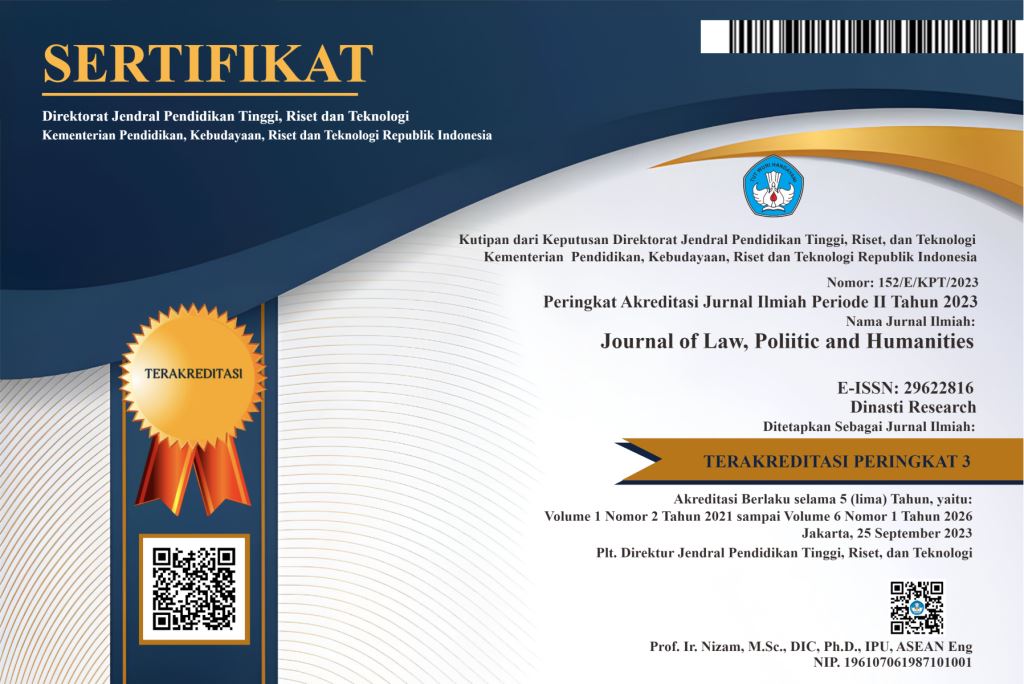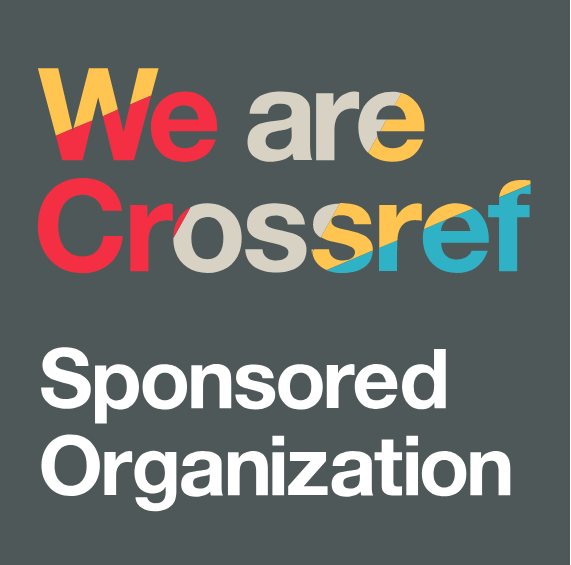Harmonization of International Patient Law in Biotechnology: Strategies For Enhancing Innovation And Global Access
DOI:
https://doi.org/10.38035/jlph.v5i2.1146Keywords:
International Patent Harmonization,, Biotechnology Innovation,, Global Access to Biotechnological AdvancesAbstract
The fragmented global patent landscape poses significant challenges for biotechnology, one of the most innovative sectors of the 21st century. Despite the potential to revolutionize healthcare and agriculture, differences in patent regulation between jurisdictions impede progress, limit equitable access to therapies, and complicate international collaboration. This paper examines the key regulatory frameworks in the United States, the European Union, Japan, and China, focusing on the inherent strengths and challenges of each, by analyzing case studies, such as CRISPR gene editing and CAR-T therapy. The article identifies strategies to deal with ethical dilemmas, intellectual property rights differences, and cross-border enforcement issues. The analysis in this publication encourages harmonization initiatives through regional agreements, international dialogue, and open innovation models to promote global access and sustainable innovation.
References
Azuma, K. (2015). Regulatory landscape of regenerative medicine in Japan. Current Stem Cell Reports 1.
Bainbridge, D. (1997). Trade Related Aspects of Intellectual Property Rights: A Concise Guide to the TRIPs Agreement. HeinOnline.
Chesbrough, H., Radziwon, A., Vanhaverbeke, W., & West, J. (2024). The Oxford Handbook of Open Innovation. Oxford University Press.
Consultants, T. (2024). Gene Patenting: The Controversial Battle Over Who Owns Your DNA. Https://Ttconsultants.Com/Gene-Patenting-the-Controversial-Battle-over-Who-Owns-Your-Dna/.
Ghidini, G. (2023). The interplay between antitrust law and intellectual property: stages of the European evolution. Journal of Antitrust Enforcement, 11(Supplement_1), i24–i36.
Huang, C. (2017). Recent development of the intellectual property rights system in China and challenges ahead. Management and Organization Review, 13(1), 39–48.
Ilic, D. (2016). iPSC in the past decade: the Japanese dominance. In Regenerative Medicine (Vol. 11, Issue 8, pp. 747–749). Taylor & Francis.
Ito, B., & Shirai, K. (2023). Patent law harmonization and international trade. International Journal of Economic Policy Studies, 17(1), 289–306.
Jiang, Li, and L. J. (2016). Stem Cells, Patents and Regulation in China: Inadequacy. Regulating Human Embryonic Stem Cell in China: A Comparative Study on Human Embryonic Stem Cell’s Patentability and Morality in US and EU.
Jones, T., Smith, R., & Andrews, L. (2020). Biotechnology patents and ethical considerations: A global perspective. Journal of Intellectual Property Law & Practice.
Kashte, S., Gulbake, A., El-Amin III, S. F., & Gupta, A. (2021). COVID-19 vaccines: rapid development, implications, challenges and future prospects. Human Cell, 34(3), 711–733.
Lyman, Gary H., et al. (2020). Economic evaluation of chimeric antigen receptor T-cell therapy by site of care among patients with relapsed or refractory large B-cell lymphoma. AMA Network Open 3.4.
Macedo, C. R. (2013). First-to-file and first-to-invent priority: An American historical perspective. Journal of Intellectual Property Law & Practice 8.1.
Moses, L. B. (2003). Adapting the law to technological change: A comparison of common law and legislation. University of New South Wales Law Journal,.
Oda, H. (2021). Japanese law. Oxford University Press.
Prud’homme, D. (2015). China’s shifting patent landscape and State-led patenting strategy. Journal of Intellectual Property Law & Practice 10.8.
Rachinsky, T., Sullivan, C., Ghosh, S., Resnick, D.S., Burton, C., Armstrong, MA, Hanish, J.P. Sklan, A. (2014). Pharmaceutical Patent Analyst.
Shaffer, C. (2022). Broad defeats Berkeley CRISPR patent. Nature Biotechnology, 40(4), 445.
Yu, R., & Yip, K. (2021). New Changes, New Possibilities: China’s Latest Patent Law Amendments. Oxford University Press.
Downloads
Published
How to Cite
Issue
Section
License
Copyright (c) 2024 Raymond R. Tjandrawinata, Henry Soelistyo Budi

This work is licensed under a Creative Commons Attribution 4.0 International License.
Authors who publish their manuscripts in this journal agree to the following conditions:
- The copyright on each article belongs to the author(s).
- The author acknowledges that the Journal of Law, Poliitic and Humanities (JLPH) has the right to be the first to publish with a Creative Commons Attribution 4.0 International license (Attribution 4.0 International (CC BY 4.0).
- Authors can submit articles separately, arrange for the non-exclusive distribution of manuscripts that have been published in this journal into other versions (e.g., sent to the author's institutional repository, publication into books, etc.), by acknowledging that the manuscript has been published for the first time in the Journal of Law, Poliitic and Humanities (JLPH).


























